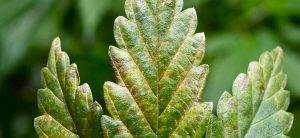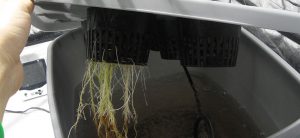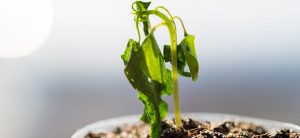The Best Garden Pesticides & Fungicides Of 2024
Whether you’re acting preventatively or dealing with an existing outbreak, you need the best garden pesticide & fungicide on hand to keep your plants safe and healthy in a worst case scenario.
While these types of products may have a negative connotation in certain communities, the hate is unwarranted - when used properly, pest & disease control products are entirely safe for you, the environment, and of course, your plants. We’ll cover this more in depth later on.
In this article, you’re also going to learn when & how these types of products should be used, and how you can do so safely.
Of course, we’re also going to cover the main topic of this blog post - the top insecticides & fungicides you can implement in your grow room or garden.
We’ll help you weigh the pros and cons of each product, and consider variables such as plant & bug type, organic vs synthetic, & much more.
Continue reading
















